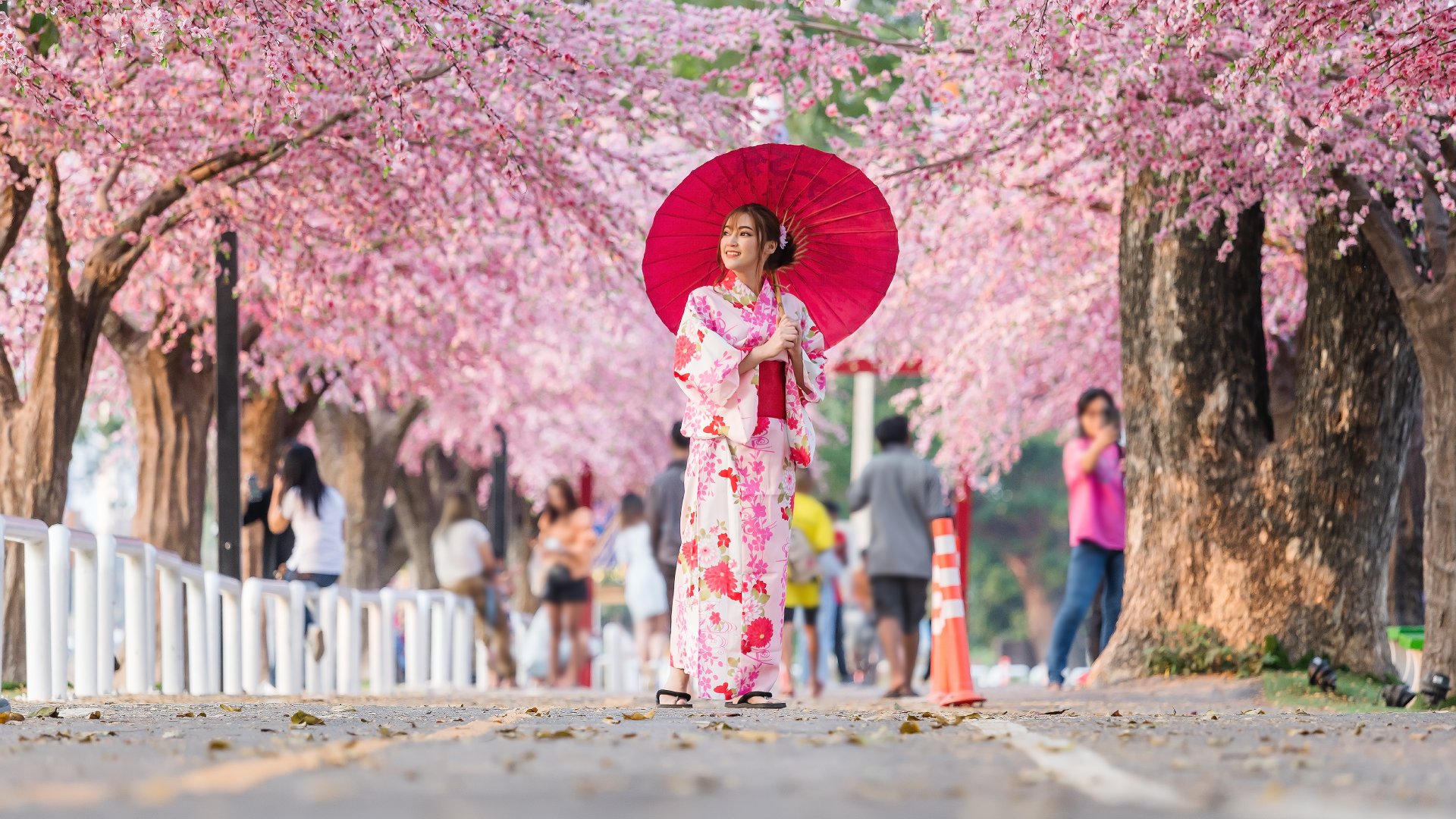There is no better way to begin to know a country than by exploring its unique art forms. Whether it is the delicately drooping blossom of an Ikebana flower arrangement or the bold brushstrokes of a Zen calligrapher, you're sure to be delighted by the art of Japan. Here are five remarkable art forms that you won't want to miss during your visit!
Bonsai

Bonsai is the ancient art and tradition of growing and placing miniature trees and other natural materials, such as stones, in containers. Based on the Chinese practice of "penzai", some say that these miniaturized scenes are the bonsai keeper's attempt at creating a spiritual place, while for others it is simply an enjoyable past time! No matter why they were created, these elegant and dramatic tree forms are a wonder to observe. Bonsai societies thrive throughout the world, but some of the oldest and best examples of the art are found in Japan. Curious about this remarkable art? One destination not to be missed is the Omiya Bonsai Village, located in Saitama City, a suburb of Tokyo. There you will find a dozen top bonsai nurseries, as well as the Omiya Bonsai Art Museum. Another stop for the true enthusiast is Shunkaen Bonsai Museum, also near Tokyo, where you can view trees thought to be between 800 - 1000 years old!
Calligraphy

Calligraphy has a particularly rich history in Japan. The art of calligraphy (also known as "Shodo" in Japan) evolved over many years in tandem with changes in political and religious circles. Shodo is a means of artistic expression using a brush and ink, but can also be considered a zen practice, as the calligrapher often produces their best work by being fully engaged in and at ease with their brushstrokes. If you'd like to check out some of Japan's most renowned calligraphy, be sure to make a stop at the Museum of the Imperial Collections at the Tokyo Imperial Palace which holds several historic works of calligraphy. The Kyoto National Museum and the Tofuku-ji Temple are two top destinations for calligraphy fans visiting Kyoto, with many beautiful examples of Japanese calligraphy throughout history.
Origami
Origami, the Japanese art of paper folding, has existed in Japan for centuries and has since spread around the world. Sheets of colourful paper are manipulated by combinations of simple folds, into the shapes of birds, animals, flowers, or just about anything else that you can imagine! Cutting and gluing the paper is usually discouraged, so for many designs all that is required is a simple square of paper. This delicate art can be observed throughout Japan, but the most significant site where you will see origami is at the Children's Peace Monument in Hiroshima, also known as the Tower of a Thousand Cranes. The tower was built to commemorate Sadako Sasaki and all child victims of the atomic bombing of Hiroshima. Here, the thousands of paper cranes regularly on display are a reminder of her wish for a world free from nuclear weapons.
Ikebana
Ikebana is the Japanese art of flower arrangement. This type of flower arranging depends on the graceful use of shape, line, and form rather than focusing on particular types of blooms. Ikebana arrangements are often minimalist in style and you may also notice unusual, asymmetric groupings of leaves, branches, and flowers. Some practitioners of ikebana believe that practicing this tranquil art can lead to a state of meditation. You'll encounter this beautiful art throughout Japan but if you would like a more in-depth lesson, the Sogetsu Foundation in Tokyo offers ikebana demonstrations and lessons for visitors.
Ukiyo-e
Ukiyo-e is a style of woodblock print which was popular in Japan from the 17th - 19th centuries. The colourful subject matter of these prints ranged from actors and beautiful women to landscapes and historical events. "The Great Wave Off Kanagawa" is one instantly recognizable image in the Ukiyo-e style in which we see an enormous, frothy wave threatening to engulf several boats, while Mount Fuji appears in the background. Although many of the largest collections of Ukiyo-e are in collections outside of Japan, you can enjoy the collection of 8,000+ pieces held by the Tokyo National Museum in Ueno Park in Tokyo, or the collection at the Japan Ukiyo-e Museum in Nagano.

These five art forms are just a small sampling of the rich traditional arts of Japan! You are sure to discover more remarkable art, both traditional and modern, on your Japan vacation. To find a Japan tour that’s right for you, visit us at www.goway.com.
When he’s not paddling a canoe or drinking copious amounts of coffee, you’ll find Adam talking about some kind of travel plans. He spent a month doing Tai-Chi in China, horse-camped in Mongolia, rode 3rd class trains all over India, tour-guided in Europe, worked in Namibia and surfed in Costa Rica – the travel bug bit this Canadian repeatedly. Food is one highlight of any destination for him, and he’s admitted on a few times to be willing to try just about any food once, and apparently “putrefied shark wasn't that bad”.
Get Inspired
Travel Stories to Inspire You.
Newsletter
Unlock Even More
Sign up to our newsletter to unlock travel Specials, Inspiration, and Expert Guides right to your inbox.




